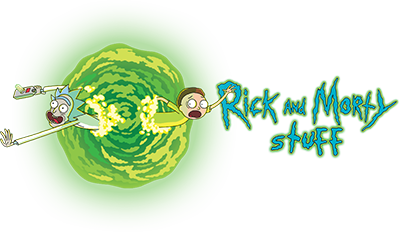In today’s entertainment landscape, children’s television shows are not just a passive experience but a thriving business that encapsulates merchandise, toys, and apparel. A few decades ago, kids would simply watch their favorite shows and perhaps have a few toys from that universe. Nowadays, it’s a full-blown empire where characters are commercialized, and merchandise seems as critical to the success of a show as the content itself. This expansion has raised many questions about the effects of kids’ TV merch on their development and the values promoted through these products.
Growing Pressure on Kids
The immense popularity of children’s programming has created pressures that may not be immediately apparent. Children are constantly exposed to ads that encourage them to want more, whether through digital platforms or traditional TV. Children can become fixated on toys and merchandise, often leading to a cycle of wanting that can create stress for both children and parents. As shows launch new characters or seasonal merchandise, kids feel they need to have each item to keep up with their peers. This can diminish their ability to appreciate what they have and foster an endless cycle of consumerism.
Commercialization over Creativity
It’s vital to consider how the commercialization of children’s content can overshadow creativity and storytelling. The need to sell merchandise can lead to a diluted narrative, prioritizing commercial appeal over genuine artistic expression. Characters may be designed not for their depth or relatability but for their marketability. Shows often feel like extended commercials rather than enriched stories with meaningful themes. This shift can impact the quality of stories children are exposed to, limiting their imagination and reducing the critical thinking skills developed through engaging narratives.
Quiet On Set The Dark Side Of Kids Tv Merch Official Merchandise
While there are certainly benefits from kids engaging with their favorite shows through toys and merchandise, one must not overlook the potential pitfalls. The phrase “Quiet On Set The Dark Side Of Kids Tv Merch Official Merchandise” encapsulates the often-overlooked consequences that come with this expansion. Parents may find themselves navigating a landscape where their children’s purchasing behavior seems driven more by marketing manipulation than genuine interest. As adults, it’s essential to understand these dynamics and take an active role in moderating and guiding children’s exposure to commercial messages.
Promoting Healthy Consumption
As responsible consumers, parents can play a pivotal role in ensuring that their children engage with merchandise thoughtfully. Having open conversations about what they are watching and why they like certain characters can encourage critical thinking. Additionally, establishing limits on purchases and promoting experiences over items can help shift focus from consumerism to other fulfilling activities. Encouraging children to create their toys or art based on their favorite shows can inspire their creativity while helping them appreciate the value of imaginative play beyond what is available on store shelves.
Conclusion
The world of kids’ TV merchandising has undeniably opened up new avenues for joy and play; however, it also has dark undertones that warrant scrutiny. The commercialization of children’s programming can distort their values and perceptions of happiness and worth. Open dialogue, coupled with responsible viewing practices, can empower kids to navigate this environment healthily and creatively. As we unmask the complexities surrounding kids’ TV merch, we can strive to ensure that the allure of these products doesn’t cloud the essential values we wish to instill in the next generation.

